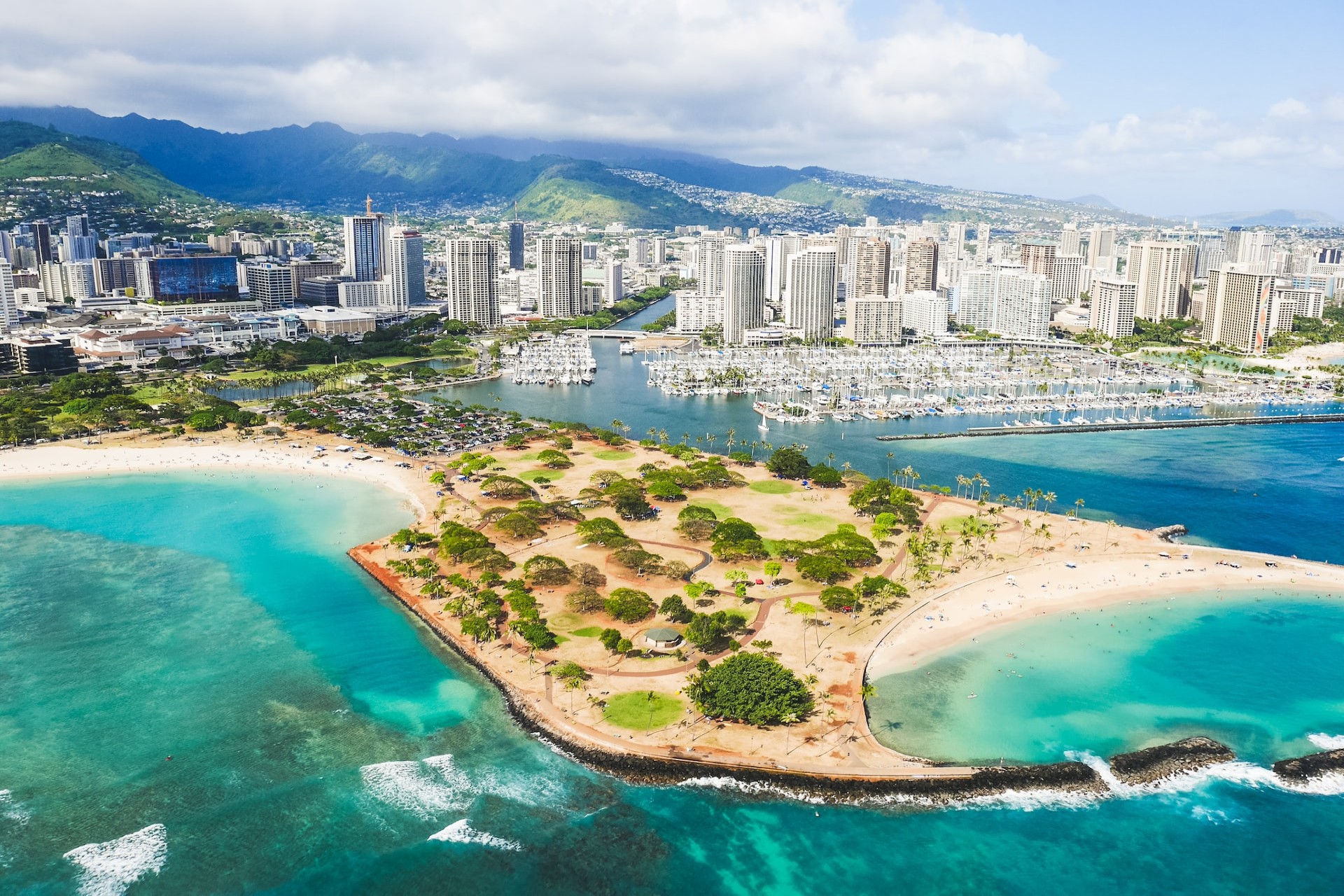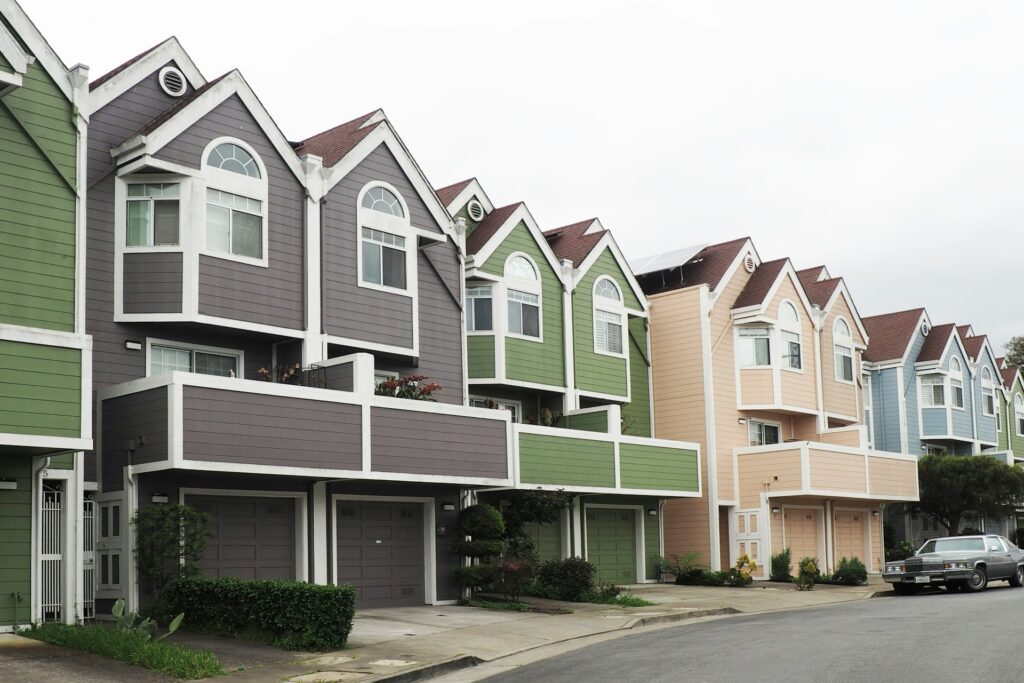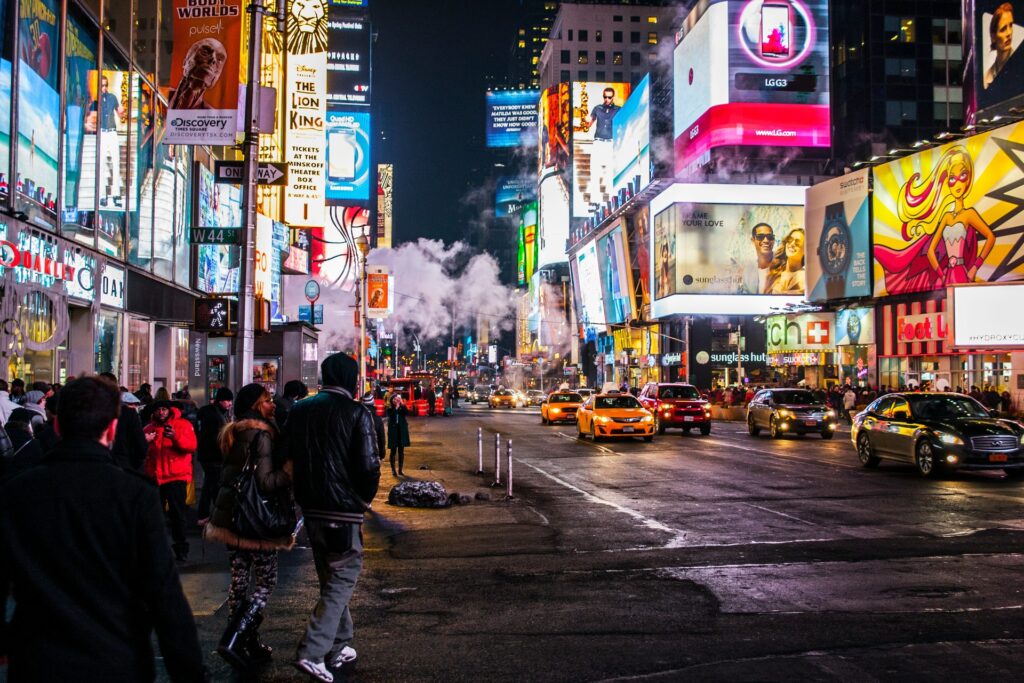
We are reader-supported. When you buy through links on our site, we may earn an affiliate commission.
Sustainability has evolved across the United States, with major metropolitan areas modifying their planning initiatives to accommodate the changing needs of the planet and city residents. From transitioning to fully renewable mass transportation, to streamlining waste and water management efficiency, city governments are tasked with finding a balance between environmental, health, and human requirements. Some cities have mastered these efforts and are steadfastly achieving their climate targets. Here are six U.S. cities that are the most environmentally safe.
1. Portland, Oregon
Few can resist Portland’s trendy coffee shops, vegetarian food trucks, and abundance of thrift stores. Yet, the city boasts a highly eco-friendly community, from public transportation, to locally-sourced goods.
In addition to the 6% of Portlanders who bike to the office, the city’s mass transit system has made strides toward an entirely clean energy transition by 2050. As of December 2021, Portland’s TriMet buses have operated on 99% renewable diesel and 1% petroleum, equal to reducing carbon emissions from one city bus by nearly 99%.
Additionally, Portland has 4.45 community gardens for every 1,000 people, the most public community gardens than anywhere else in the country, providing nutritious, clean food to its residents.
2. Boise, Idaho
There’s a reason why Boise is nicknamed the “City of Trees,” easily making it one of the most environmentally safe U.S. cities. Idaho’s capital city launched the City of Trees Challenge in 2020, intending to plant one tree per Boise household and one forest seedling for every city resident.
Per its impact report, the initiative has successfully planted 2,450 trees, removing 48,000 pounds of air pollution and 6.2 million pounds of carbon.
The City of Boise also hopes to achieve carbon neutrality by 2050 through the following strategies:
- Reduce energy consumption in commercial buildings
- Improve walkability and encourage the adoption of electric vehicles (EVs)
- Secure local food systems to enhance community resilience
- Implement more robust water management and stormwater treatment plans
Boise also plans to invest in climate education and outreach to encourage active residential participation in the city’s climate approach.
3. Honolulu, Hawaii
There’s a reason why Honolulu maintains some of the most stunning ecosystems and habitats in the U.S. For years, the city’s adopted progressive policies safeguarding its natural areas.
For example, in 2018, Hawaii became the first state to ban sunscreens containing oxybenzone and octinoxate to protect its coral reefs. The law went into effect on January 1, 2021. Likewise, Hawaii became the first state to raise the smoking age to 21 in 2015. Studies show that cigarettes emit 10 times higher emissions than vehicle exhaust.
According to the most recent report, the City of Honolulu is on its way toward meeting its climate action goals. In 2021, one-third of O’ahu’s energy derived from renewable sources. This was part of the city’s transition toward net-zero emissions by 2045.
Additionally, the report highlighted that Honolulu installed 10% more EV charging stations than the previous year, totaling 478 public ports since December 2021.
4. San Francisco, California
San Francisco is dubbed the greenest U.S. city for several reasons. In 2002, the city set out to reduce waste by 75% by 2010, which it exceeded by an additional 5% within the first two years of its implementation.
Residents and businesses of San Francisco utilize a three-system waste collection program. It includes separate bins for recyclables, compostables, and the remaining debris. The city also invests in outreach and informational resources in multiple languages to encourage city-wide participation.
San Francisco has also aimed to reduce energy consumption by transitioning to renewables. The city’s largest water terminal, Sunset Reservoir, powers 850,000 households. This is due to its 24,000 rooftop solar panels that span 11 acres. Sunset Reservoir’s solar power generation should amount to 100,000 metric tons in 25 years.
5. Boston, Massachusetts
Boston might have the oldest subway system in the U.S., but it’s better known for its walkability. According to WalkScore.com, Boston has an 83% walkability rating for pedestrians to skip mass transit and take a stroll to Fenway Park instead.
According to the city’s Imagine Boston 2030 strategic plan, Boston hopes to become carbon neutral by 2050, focusing on providing clean energy to marginalized communities by exploring microgrids.
Investing in renewable energy is critical for densely populated cities to consume less energy to power buildings and residences, allowing urban areas like Boston to move away from dirty fossil fuels.
In May 2022, Boston announced the Solarize Eastie pilot program to increase renewable energy access in East Boston neighborhoods. The program will allow lower-income households to generate affordable solar energy, providing a 15% reduction in the average cost of solar panels and no-cost options.
6. Seattle, Washington
Seattle, Washington, is well ahead of the curve in creating an environmentally safe city. The city operates on nearly 100% hydroelectric power that generates clean energy for over half of its commercial buildings and households.
Seattle’s Climate Action Plan also hopes to reduce passenger vehicle emissions by 82% by 2030.
As of April 2021, there was an 11.2% increase in newly registered EVs in the Seattle metro area, which surpassed several other U.S. cities’ EV registrations and now ranks Seattle alongside the top EV-adopting cities in California.
U.S. Cities Lead the Way to a Safer Planet
The most environmentally safe cities in the U.S. have set an example for other urban areas to follow suit. All cities across the country should be moving full steam ahead toward building more climate-resilient infrastructures that protect the environment and its citizens.










